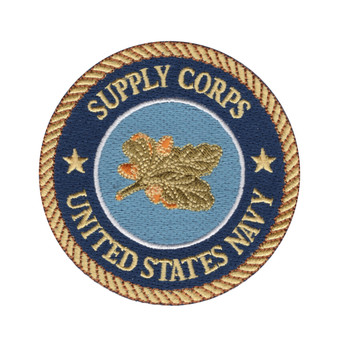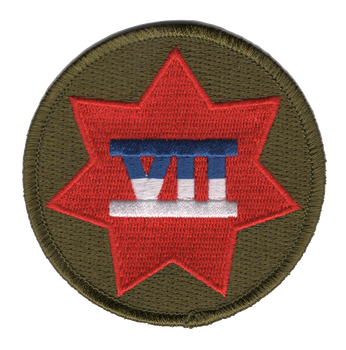Formations & Origins
The Navy Nurse Corps was officially established on May 13, 1908, by an act of Congress to provide professional nursing care to sailors and Marines in the United States Navy. The creation of the Nurse Corps marked a significant step in formalizing and professionalizing nursing within the Navy, which until then relied on civilian nurses or hospital stewards with limited medical training. The corps was founded to meet the growing demands of naval medicine, especially as the U.S. Navy expanded its global reach in the early 20th century.
Notable Commanders
Throughout its history, the Navy Nurse Corps has been led by pioneering women who advanced military nursing and broke barriers in a traditionally male-dominated military structure. Notable leaders include Captain Jane K. Delano, who played a key role during World War I, and later leaders who helped modernize the corps during World War II and beyond. These commanders advocated for expanded roles, improved training, and recognition of Navy nurses as commissioned officers.
Major Campaigns/Operations
Navy nurses have served with distinction in every major conflict since World War I, including World War II, Korea, Vietnam, the Gulf War, and ongoing operations in the Middle East. They have provided critical care aboard hospital ships, at naval hospitals, and in field settings close to combat zones. Their contributions extend beyond war to humanitarian missions and disaster relief operations worldwide, demonstrating adaptability and resilience under challenging conditions.
Specialized Role/Equipment
The Navy Nurse Corps specializes in a wide range of clinical nursing roles including surgical care, critical care, emergency medicine, mental health, pediatrics, and more. Nurses serve on hospital ships, shore-based hospitals, medical clinics, and aboard naval vessels. They are equipped with the latest medical knowledge and technologies to deliver high-quality care in diverse environments, from advanced medical facilities to austere combat zones.
Acts of Heroism
Navy nurses have repeatedly demonstrated courage under fire, tending to wounded sailors and Marines often while under threat themselves. During World War II, many served in the Pacific Theater, enduring air raids and harsh conditions aboard hospital ships and island hospitals. Stories of Navy nurses refusing to abandon their posts, performing life-saving surgeries in makeshift settings, and providing comfort to the wounded stand as powerful testaments to their bravery and dedication.
Legacy & Notable Achievements
The Navy Nurse Corps is a cornerstone of naval medicine, pioneering the integration of professional nursing within the military and elevating the standard of care for naval personnel. The corps was among the first to commission women as officers in the U.S. Navy, paving the way for expanded roles for women in the armed forces. The Navy Nurse Corps patch symbolizes professionalism, compassion, and service, often featuring traditional nursing symbols like the caduceus combined with naval imagery. Their enduring legacy is one of service, sacrifice, and advancing military medicine through both war and peace.







